[ad_1]
Soil enchancment is often an afterthought; we think about boosting soils once we’ve received a whole lot of accessible mulch. This happens all through autumn in temperate climates as fall leaves, grass clippings, and ineffective wood become extensively accessible. It moreover occurs all 12 months lengthy in tropical climates the place evergreen species dump leaves year-round.
Apart from together with pure matter to your yard, there are totally different easy strategies to boost soil effectivity. We’ll undo earlier gardener’s errors, help nature heal itself, and take away pesky weeds. Collectively, these duties make a whole approach for creating lush crops and fertile, rich soil.
Whether or not or not you reside in Florida, Kansas, or Washington, these strategies help gardeners in search of to promote soil fertility, biodiversity, and healthful plant species. Observe alongside to see which of these 9 strategies will work best for you and your yard setup.
Espoma Bio-tone Starter Plus Pure Plant Meals (4 lbs.)
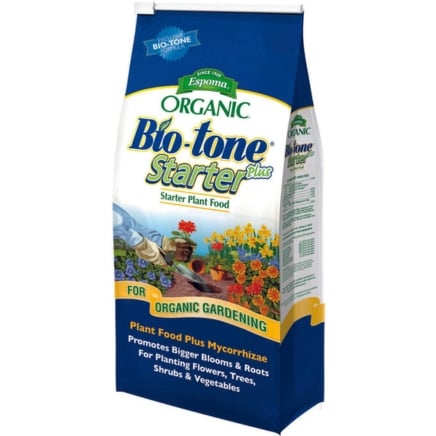

- Grows greater root mass to help crops arrange fast
- Reduces transplant loss
- Promotes higher blooms
- Microbe enhanced all pure pure fertilizer with no sludges or fillers
Plant Cowl Crops
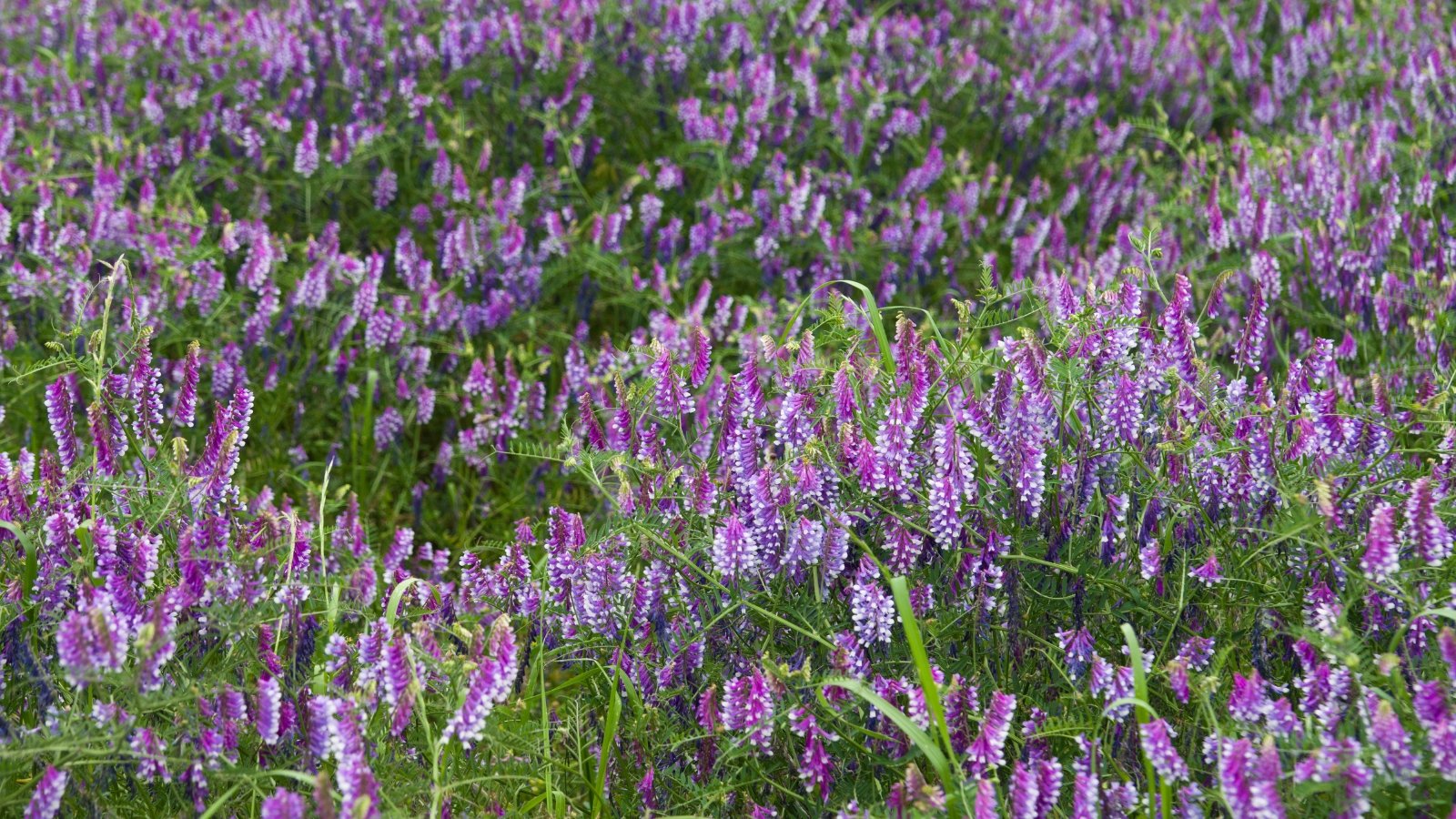

Cowl crops heal the earth, so that you just don’t should! Some develop all through intense summer season heat or extreme winter chilly, masking the soil and letting useful microbes thrive. Vegetation like oats, rye, and fava beans develop roots that preserve onto the grime, insulating the world so it’s warmth for worms and bugs. Use them in its place of mulch, and dig them into the soil merely as they flower to launch out there plant nutritional vitamins.
Leguminous cowl crops restore nitrogen of their roots, remodeling the molecule proper into a kind that crops can digest. They’ve knobby root constructions generally known as nodes that host micro organism. The micro organism give the crops nitrogen in commerce for sugars, thus forming a symbiotic relationship.
Some soils already have nitrogen-fixing micro organism present, nonetheless others lack them. You could innoculate leguminous cowl crop seeds with store-bought nitrogen-fixing micro organism to verify they thrive in your yard’s grime.
Proper right here’s a list of useful crops that blanket the soil properly in home gardens:
Use warm-loving cowl crops all through summer season and plant cold-tolerant ones in autumn and winter. Dig them into the soil or cowl them with mulch sooner than they sprout seeds, as many of the species readily reseed. You don’t should till them! Merely bend their stalks, rake them into the soil, and add compost or leaves in a thick layer above them.
Loosen Clay Filth
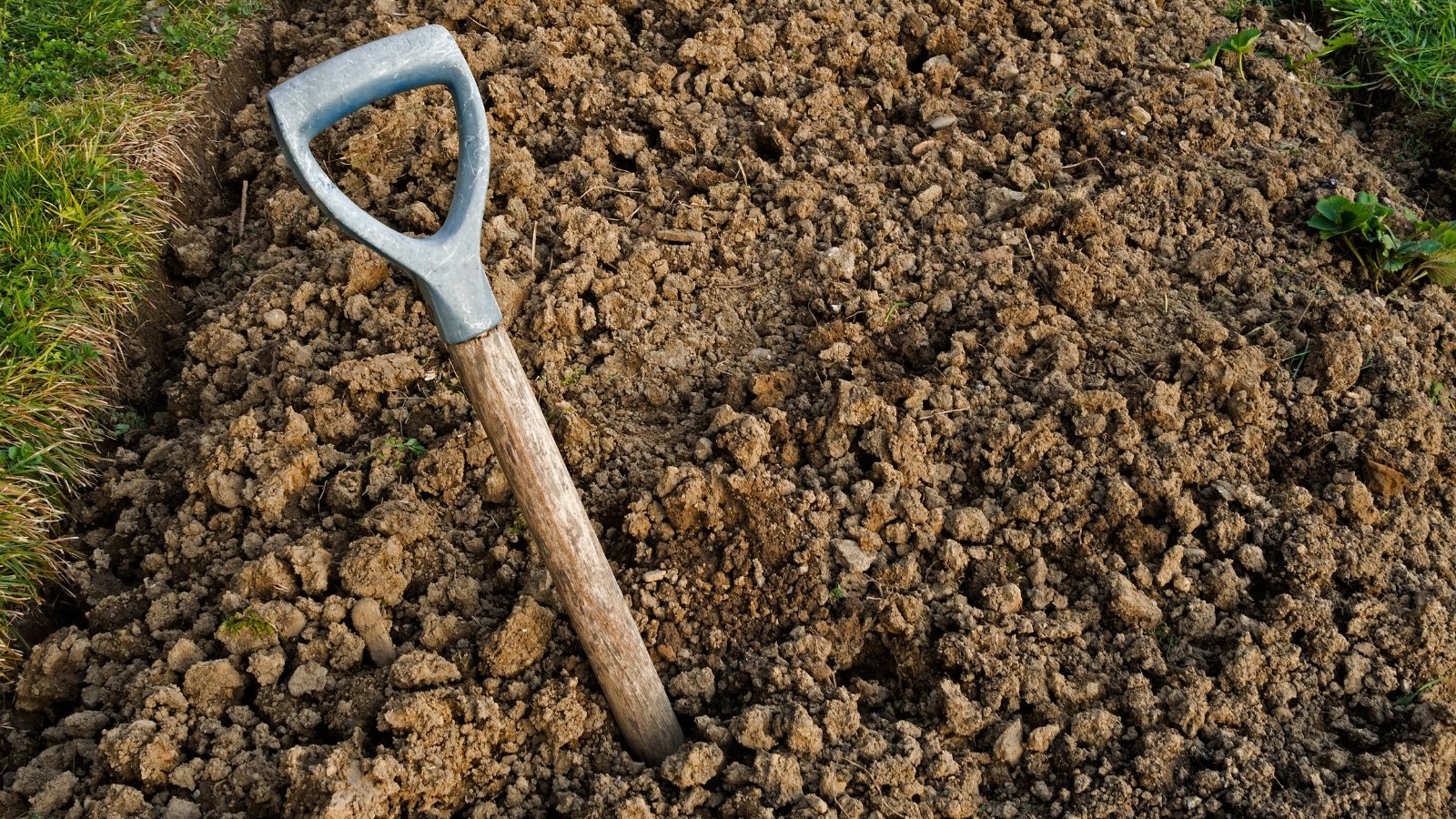

Clay soils are thick and poorly draining, making them unsuitable for lots of of crops. Some species favor clay, like swamp or bathroom dwellers, although most will need fertile, well-draining, and porous earth. Loosen the clay, and timber, shrubs, and perennials will loosen it as they sprout roots deep underneath ground.
Together with pure matter, incorporating cowl crops, and layering mulches let clay soils break up. Pure matter consists of points like leaves, kitchen scraps, and plant clippings. They inject building, nutritional vitamins, and useful microbes into the grime that help break the clay up extra. Cowl crops develop roots that crumble large particles, and thick layers of mulch protect soil critters that flip clay into useful humus.
Soil aerators are one different wonderful alternative for disrupting clay particles. It is doable you may use devices for backyard aeration or try stabbing a pitchfork into the earth the place clay is present. New gardeners inheriting outdated gardens ought to try the French Intensive methodology—you’ll dig deep, add pure matter, and place the grime once more on prime. Do this as quickly as inside the ground or raised beds, and it’ll have lasting outcomes for a few years.
Amending clay takes some time, and in addition you doable acquired’t see enhancements for a 12 months or longer. Plant clay-loving species into the yard inside the meantime—they’ll break up clay as they entice useful microbes and use their roots to separate large grime chunks. Use clay-tolerant wildflowers like black-eyed Susans or greens like lettuce and cole crops.
Thicken Sandy Soils
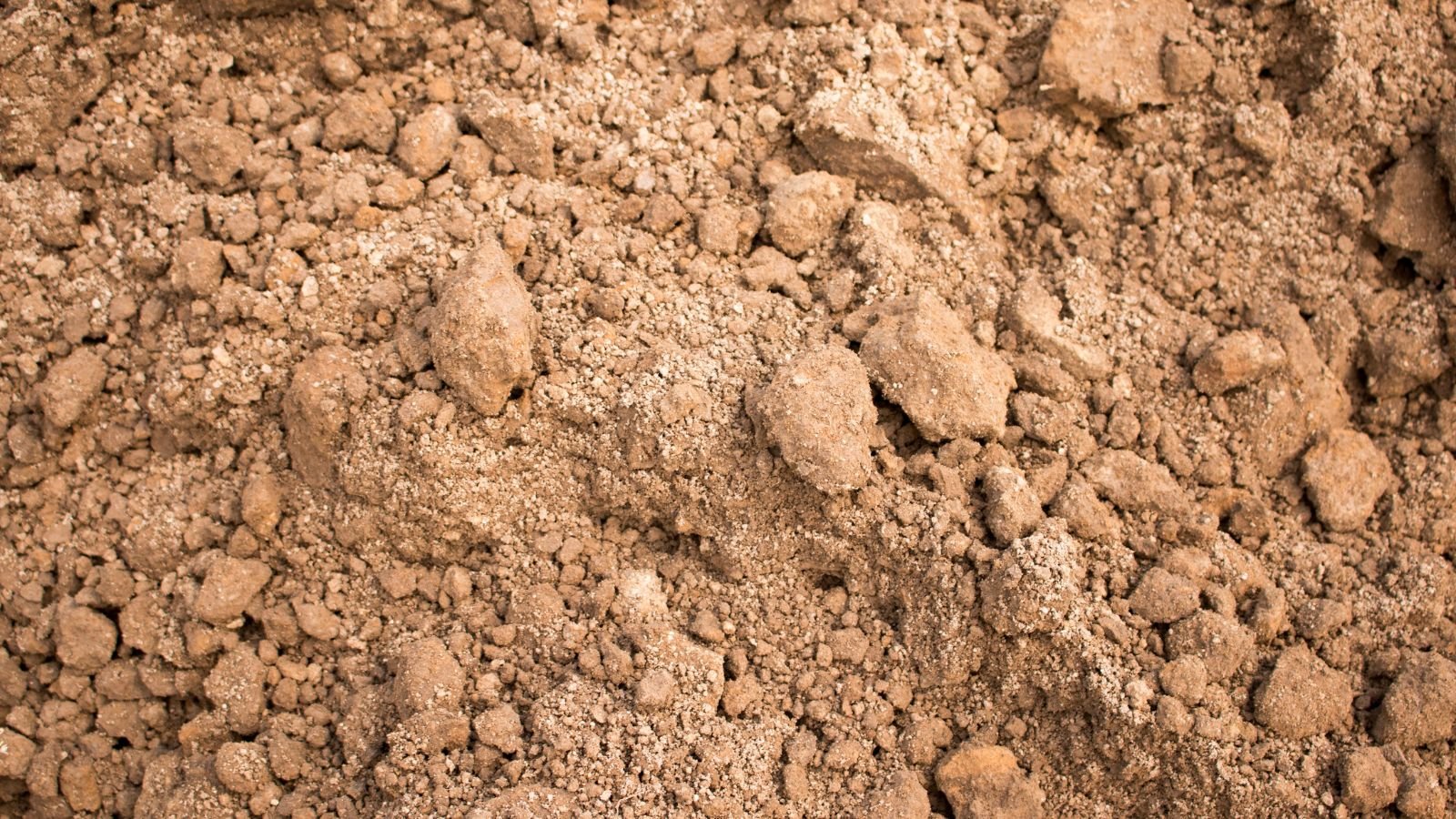

Sandy soils, like clay ones, aren’t optimum for a lot of plant species. They’re extraordinarily free-draining, dry, and too unfastened for lots of crops to get an excellent footing. What’s fascinating is the strategies you amend clay soils are identical to the strategies for thickening sandy ones—pure matter, mulch, and cover crops are the three main choices.
Mix pure matter into sandy soils; provides like compost or leaf mould are considerably useful. They inoculate the underside with fertility, soil microbes, and greater creatures like worms. As well as they create air pockets underground so crops’ roots breathe merely. Mix it in all through fall or early spring to help crops develop properly for the following summer season.
After amending the sand, add cowl crops or thick layers of mulch on prime. Each of these provides insulates and protects the underside so that soil microbes and creatures can do their work with out disruptions. Dig in cowl crops whereas they’re flowering, and let mulch decay as long as it takes.
Stay away from Repetitive Tilling
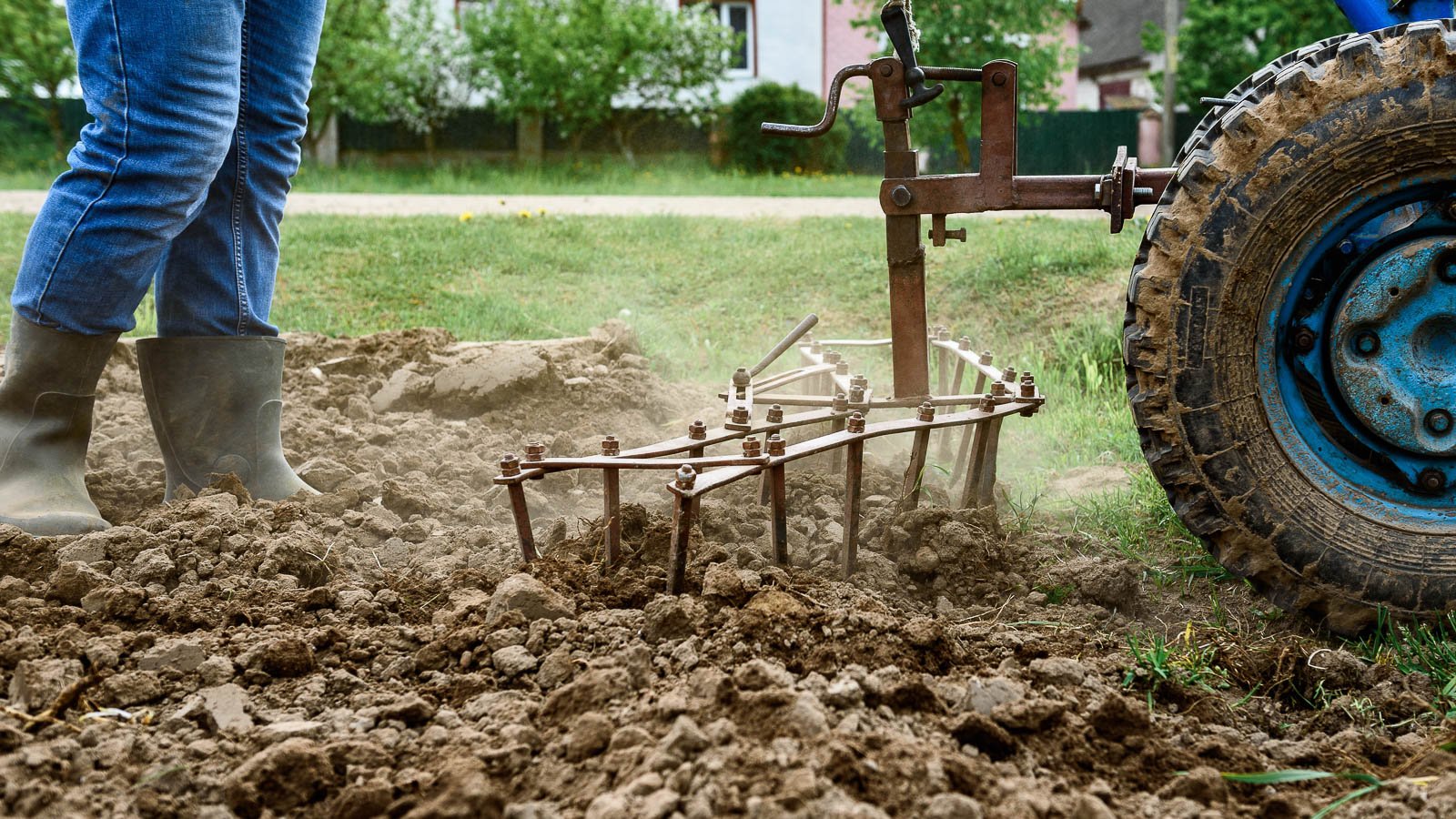

The vital factor to healthful soil is insulation and security! Disruption destroys worm pathways, fungal mycelia networks, and delicate plant roots. Tilling is the precept offender—it makes use of large, metallic blades to chop up large grime particles. Although it creates unfastened, crumbly soil this season, the destruction it causes has long-lasting outcomes.
Tilled soil loses the intricate group of microbes and creatures that makes it resilient and strong. It takes years for worms, fungi, and micro organism to maneuver once more into the underside as soon as extra. There’s a gift movement to shift our agricultural applications from tilling to no-till for these causes. Untouched grounds allow greens to develop with minimal pesticides, herbicides, and chemical fertilizers. The soil group retains them strong!
Instead of killing worms and soil creatures, apply no-till gardening in its place! You’ll see outcomes subsequent rising season as you use fewer chemical compounds whereas the crops protect themselves with minimal outside help.
Take away Synthetic Provides
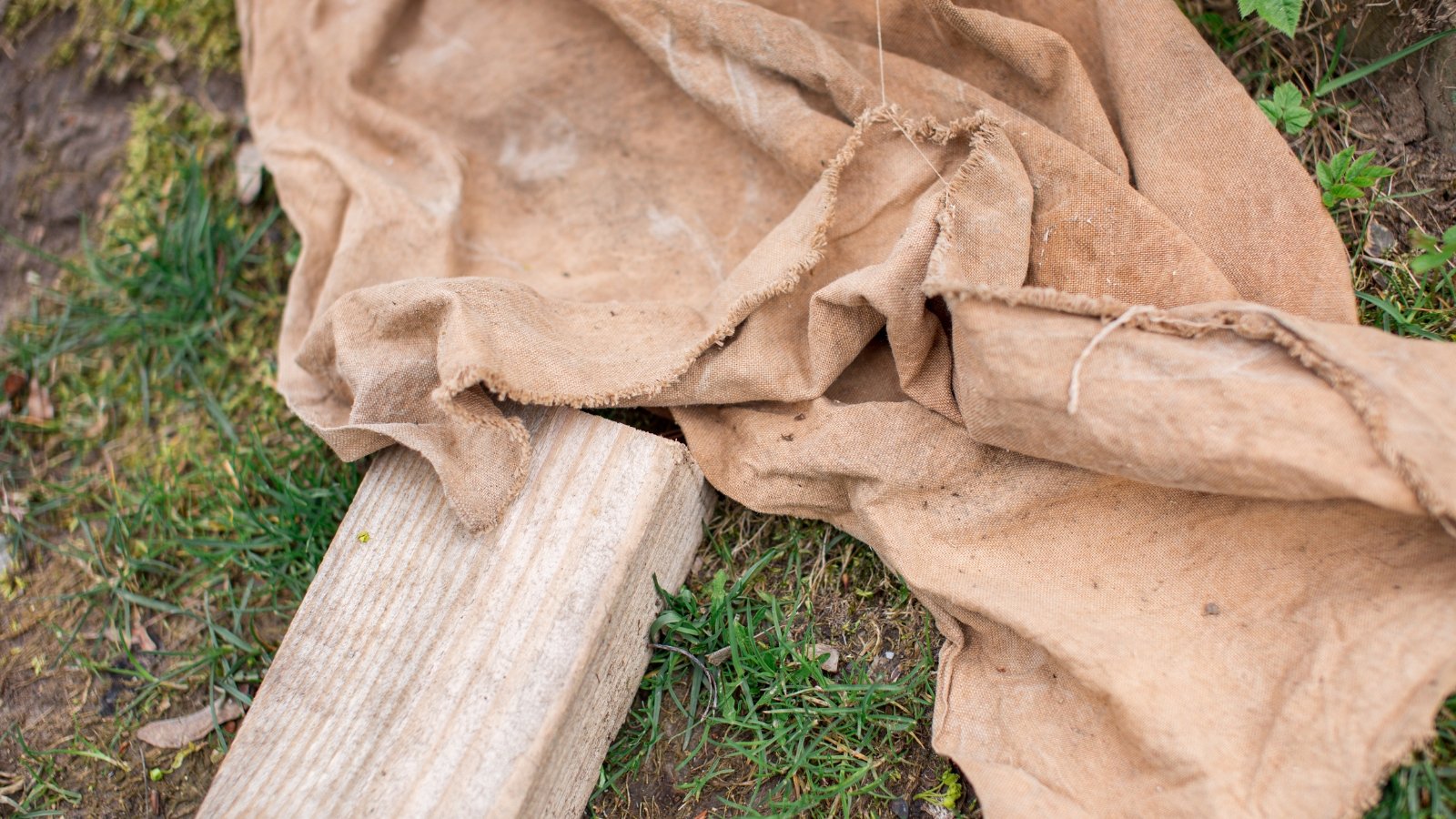

Synthetic provides impede the transfer of nutritional vitamins, water, and air underground. They create limitations that roots battle to root into, and they also disrupt the pure decay of pure provides that occurs typically in healthful grime. Provides like panorama materials, black plastic, and weed covers persist inside the ambiance longer than we intend them to!
I not too way back dug up over ten sq. ft of landscaping plastic from my yard. Landscapers used to make use of it to kill weeds—they’d put plastic on prime of the weeds, then place thick layers of mulch on the plastic. It seems pretty for a 12 months, nonetheless lastly, weed seeds fall into the mulch and sprout! Not solely is panorama materials ineffective in the long run, but it surely certainly moreover causes further damage than good when it stays outside for higher than a 12 months.
Although it might take a whole day or weekend to remove panorama plastic or materials, the effort is properly nicely well worth the reward. Vegetation will put down deeper roots and develop further resilient to shifting local weather, pests, and illnesses. Water will transfer as a result of it should in its place of pooling atop the fabric.
Pure landscaping provides like untreated burlap and cotton materials revenue your yard! Concern not when using pure landscaping provides, as they naturally decay at a imply price. The one provides to watch for embody plastic or synthetic fibers.
Go away the Leaves


Fall leaves are probably the most price efficient supplies for enhancing soils—they’re nearly free! They appear abundantly in autumn as timber and shrubs lose them sooner than winter. In nature, these leaves sort thick mulch mats on forest flooring that protect bugs, maintain microbes thriving, and insulate delicate roots. Everytime you depart the leaves in your yard you mimic the forest’s methods and create a cohesive ecosystem.
Leaves are rich in carbon, a nutrient that all crops use. It’s what timber and shrubs use to make wood that stands the verify of time. Everytime you add leaves to your yard, you inject the home with carbon that totally different species can use. You’ll recycle these leafy nutritional vitamins in order that they preserve accessible, comparatively than sending them to remain ceaselessly in a landfill.
In case your neighbors have leaves and must remove them, ask ought to you may take them in its place! Fall leaves make nutritious compost, leaf mould, and mulch. They’re vital for enhancing soils with out breaking the monetary establishment, and there are many different strategies to point out fall leaves into yard gold.
Add Compost or Pure Mulch
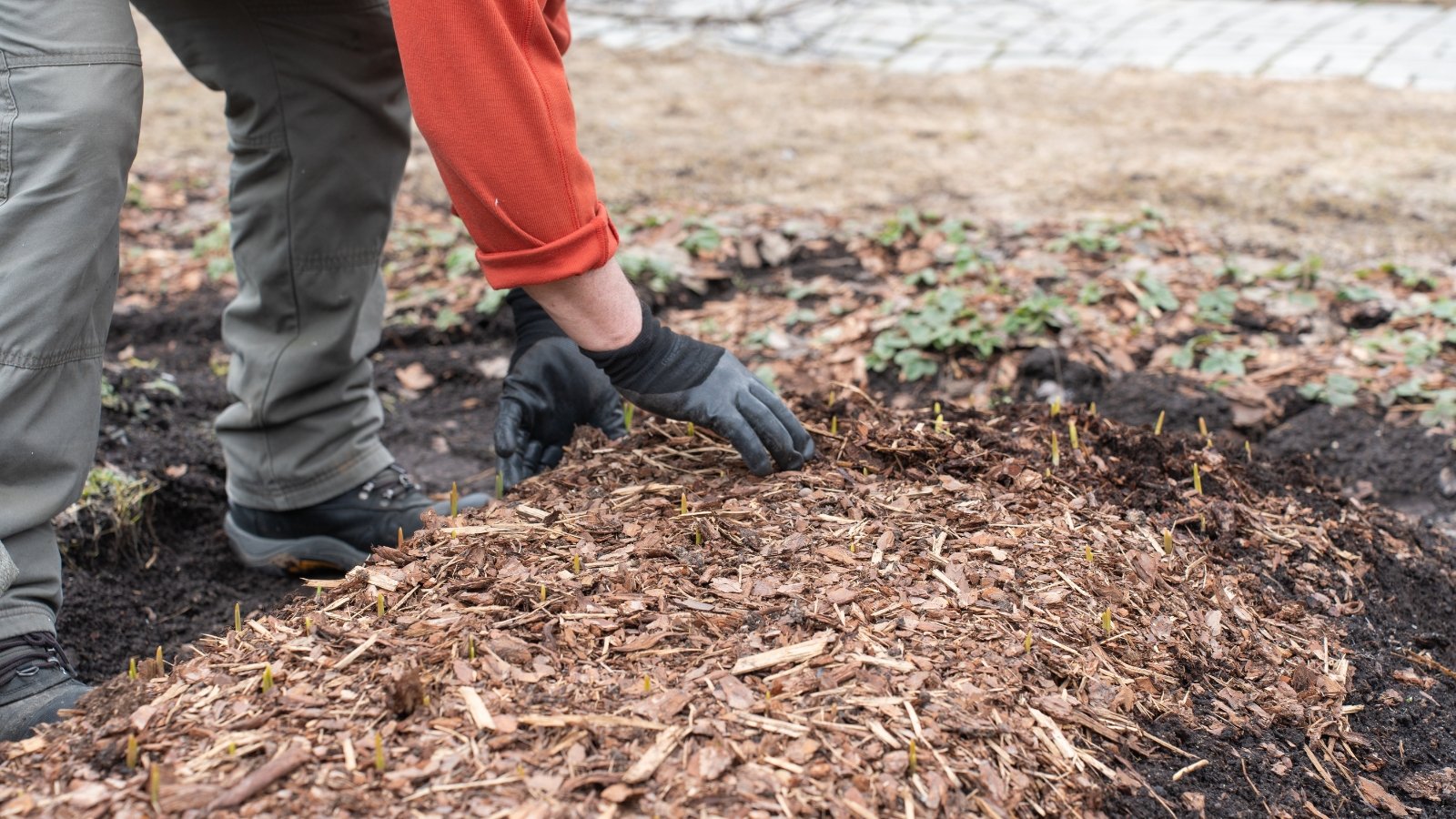

In all probability the best soil amendments is compost! It’s constituted of outdated particles that decays into crumbly, black, and fertile humus. Humus is the end product of decay and an important a part of healthful gardens. Introduce compost typically to keep up humus ranges extreme, or use the identical pure mulch that breaks down into humus.
One other final selections are straw, leaf mould, fall leaves, wood chips, or pure mulch mixes from a yard center or plant nursery. Add these amendments on the underside in a layer one to a couple inches thick. It’ll insulate the world and continuously present nutritional vitamins like carbon and nitrogen.
Would you want to make compost? It’s easy ample with the perfect provides. You’ll need browns and greens—browns are carbon-rich waste merchandise like dry leaves, paper, and straw. Greens are fleshy supplies with a whole lot of nitrogen; suppose kitchen waste, grass clippings, and plant scraps.
Combine these two in a pile using a ratio of 1:2 or 1:3 parts greens to browns. Flip the pile typically, and maintain it moist nonetheless not soggy. You’ll have ready compost in a month or longer! Examine further about creating selfmade compost with this easy-to-follow data.
Pull Weeds
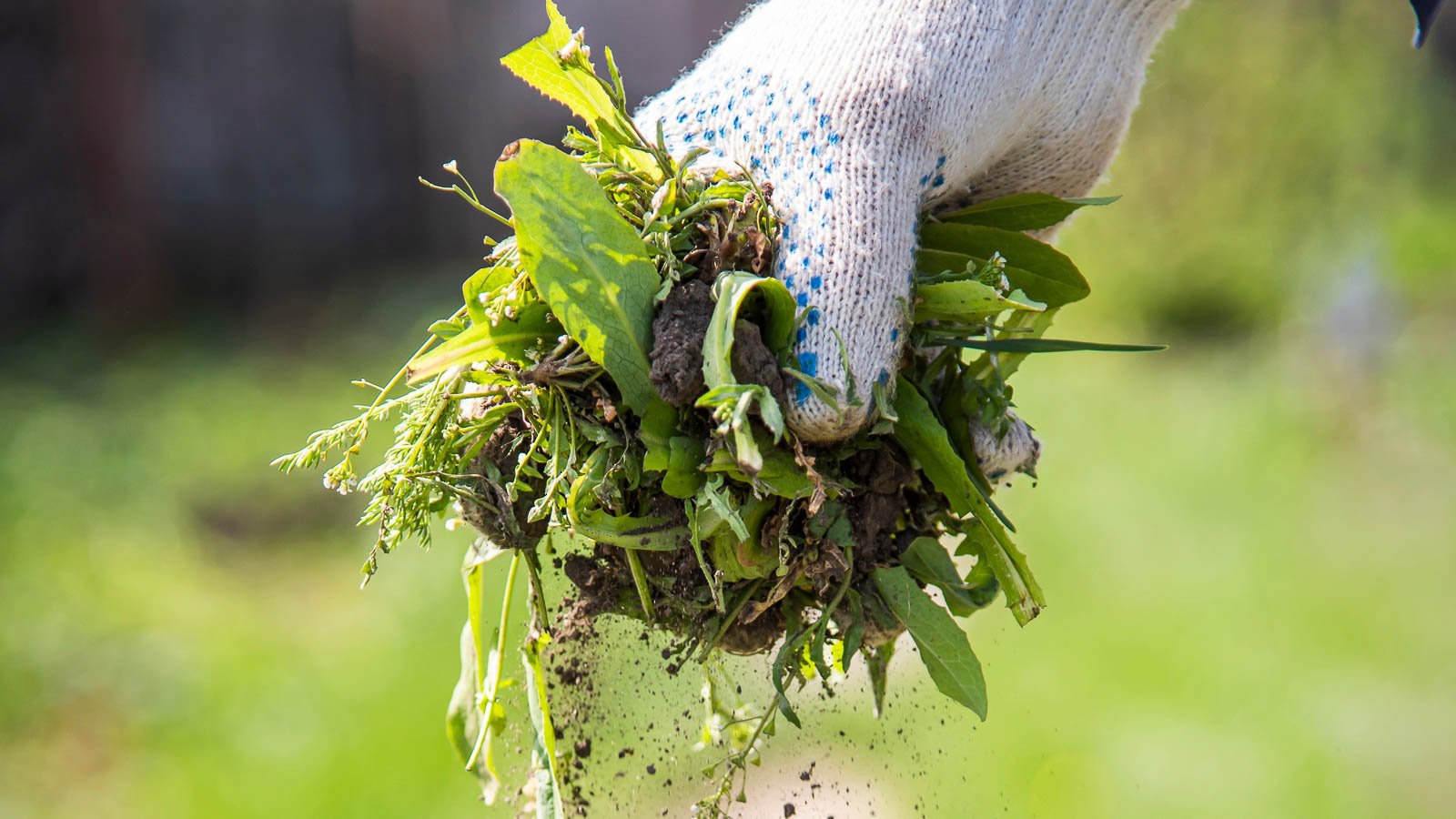

Improve soils merely and instantly by eradicating invasive non-native weeds! Not all weeds are unhealthy. Native weedy species developed to develop in our native environments, and they also help comparatively than hinder soil enchancment. Non-native weeds are monsters! They lack the pressures that maintain them in confirm of their native differ, in order that they exponentially develop uncontrolled.
Pull weeds sooner than they sprout seeds to limit their unfold. Some, like Himalayan blackberries, will unfold rampantly as quickly as they develop to a certain peak. Take away them as soon as they’re youthful, and in addition you forestall infestations from occurring. Others, like dandelions, are a lot much less harmful and barely creep into pure areas. You get to resolve on which ones to keep up and which to banish ceaselessly!
After pulling weeds, you allow bare soil the place you can put perennials, greens, or woody shrubs and timber. Repeatedly together with new non-weedy crops boosts your yard’s biodiversity, and their roots anchor onto healthful soils to keep up them safe and protected.
Fertilize Nutrient-Poor Gardens
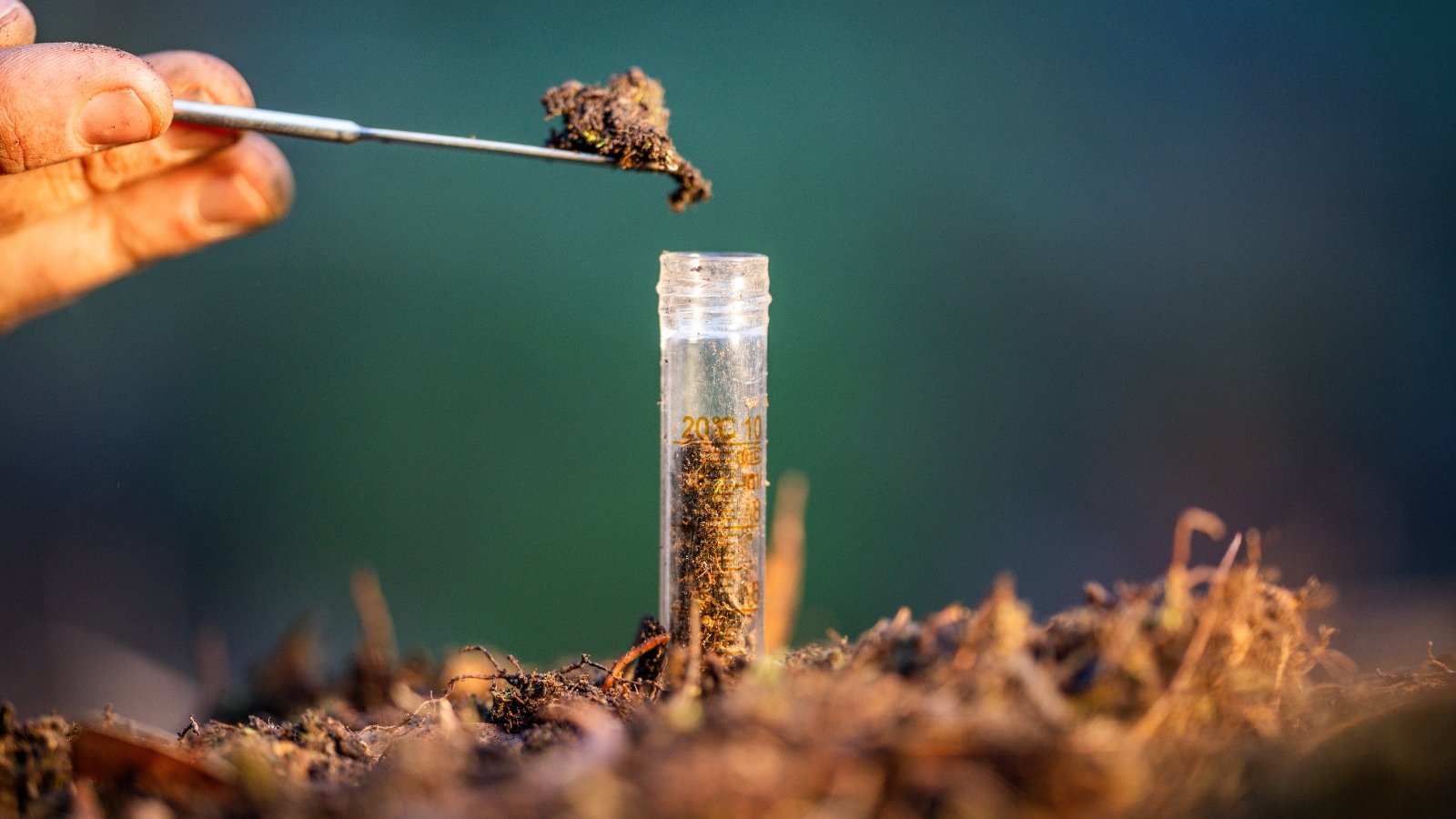

Some gardens require fertilizing to boost their dietary content material materials. Within the occasion you inherit an outdated yard or are reusing outdated potting soil, you’ll want so as to add some pure fertilizer sooner than putting crops down. The most effective methods to know what nutritional vitamins your yard desires is to complete a soil testing gear. These reveal pure matter content material materials, nutrient values, and soil pH.
You may additionally use weeds as a determinant of the nutrient deficiencies in your yard. Some species develop in distinctive circumstances the place these ranges are extreme or low. Burdock displays extreme potassium and low calcium, whereas wood sorrels level out low calcium and extreme magnesium. These are two examples, nonetheless dozens of weedy species are good indicators of excesses and deficiencies.
Within the occasion you typically apply compost or pure mulch you almost certainly acquired’t must fertilize the yard. Some crops that revenue from widespread capabilities are greens, annual flowers, and heavy-feeding perennials. Use an pure fertilizer with mycorrhizae or useful micro organism in it for among the finest outcomes.
[ad_2]

